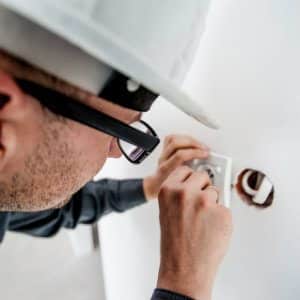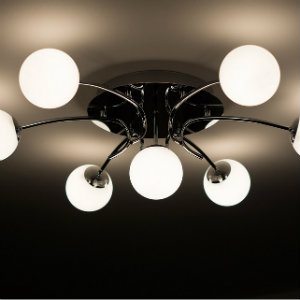Electricity is a huge part of everyday life. Without it, lights wouldn’t turn on, computers wouldn’t work, and cell phones wouldn’t charge. But creating the connections that allow electricity to flow into our household and office devices is not easy and takes the skill of a master electrician to work properly. Not only is it difficult to properly wire a building, it’s also dangerous.
Electrical Injuries
Most people have experienced a small electric shock at some point during their lives when they touch an active outlet by accident or the unintentionally exposed wiring on an appliance. Typically, 
When someone’s skin comes in contact with an electrical energy source, the energy flows through their body via one of its best conductors: water. The human body is 70% water and so naturally does not offer a lot of resistance to an electrical current.
However, what little resistance is offered in the human body causes the electric current to turn into heat which causes one of the most painful and serious injuries anyone can sustain: burns.
Electrical Burns
A total of four factors are examined when determining how severe a burn caused by electricity may be:
- Voltage
- Current
- Frequency
- Resistance
Burns can also change in severity depending on the path the electrical current took in the body. There are several classifications of electrical burns:
- Low-Voltage Burn – can be mild or severe depending on how long the victim was in contact with the source.
- High-Voltage Burn – typically a very severe burn due to the fact that the victim was directly in contact with the source. Oddly, doctors may miss the seriousness of this burn initially because the damage tends to stay in the underlying tissue instead of the surface of the skin.
- Arc Burn – Skin contact with the source is NOT necessary for an arc burn. Instead, the electricity flows through the air due to ionized air particles and creates its own circuit. The heat and power given off of this reaction is enough to physically throw the victim and generate heat up to 4,000 degrees Celsius, meaning not only is an electric burn possible, but the victim’s clothing can catch fire.
In addition to the possibility of being burned the current can mimic the natural signals that a nerve cell can send to a muscle causing to contract. This is why once a victim comes in contact with the source, they are often unable to move – all of their muscles contract and they are paralyzed. This can also mean that the nerves that control the respiratory system and circulatory system don’t work well which can result in the heart stopping and the victim being unable to take a breath.
There is no need to point out how dangerous this is for the victim. Yet electricians face these dangers and others every single day.
The Facts
According to the Occupational Safety and Health Administration (OSHA), there are nearly 400 electrocution-related deaths every year on the job. Data from the National Institute for Occupational Safety and Health (NIOSH) backs this up and also shows that electrocution is one of the top five causes of a workplace death.
Those who are lucky enough to survive are often faced with months of hospitalization, painful medical treatments for their burns, and physical therapy. None of this is inexpensive and medical bills can add up quickly.
Workers’ Compensation
Your employer must, according to New York law, provide you with workers’ compensation insurance coverage. Once approved, a claim should cover the costs of any medical treatments and a portion of the wages lost.
There are also death benefits available for the loved ones of an electrician who died as a result of their injuries. These death benefits may provide:
- Compensation for funeral expenses.
- Compensation for the loss of the worker’s income.
- Compensation for any medical expenses for treatment leading up to the deceased’s passing.
To learn more about how to file a claim for either workers’ compensation or workers’ comp death benefits, contact us today. We can help you get through this stressful time, step by step.

